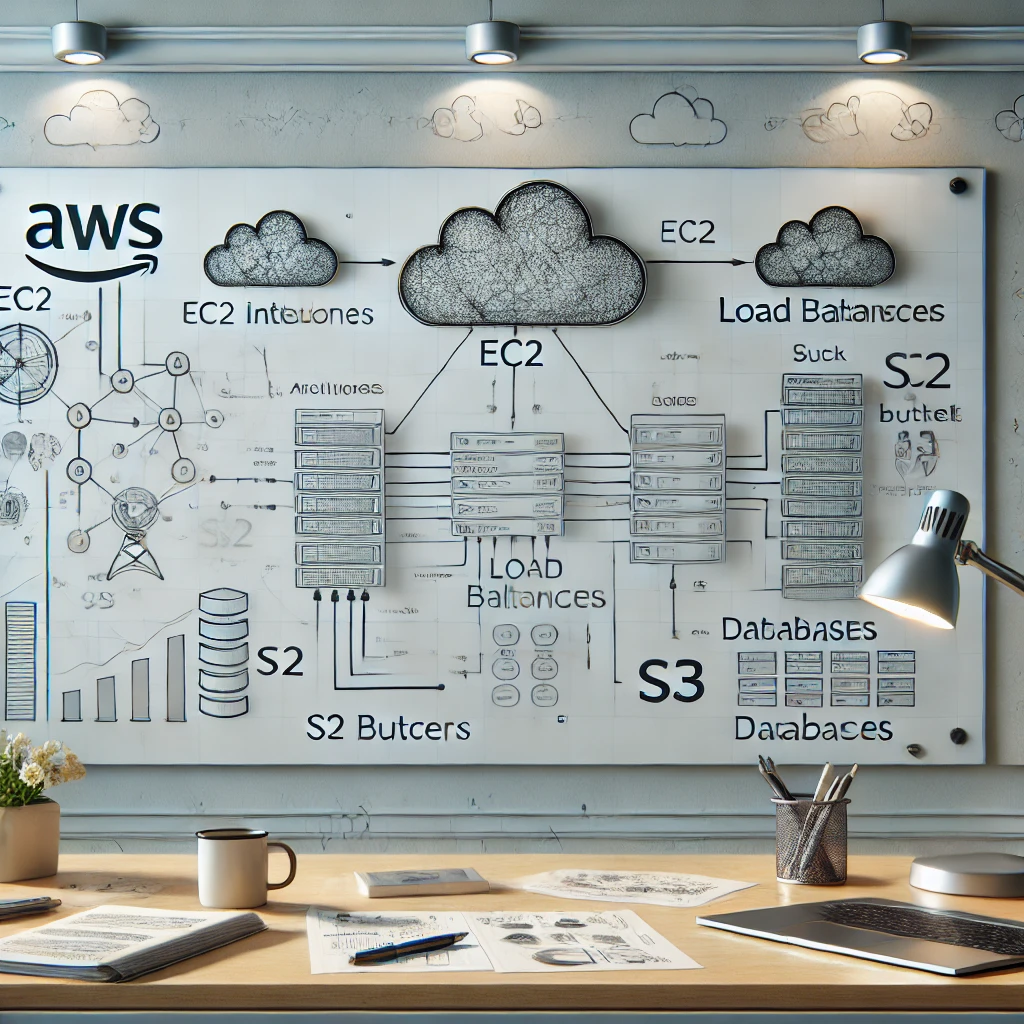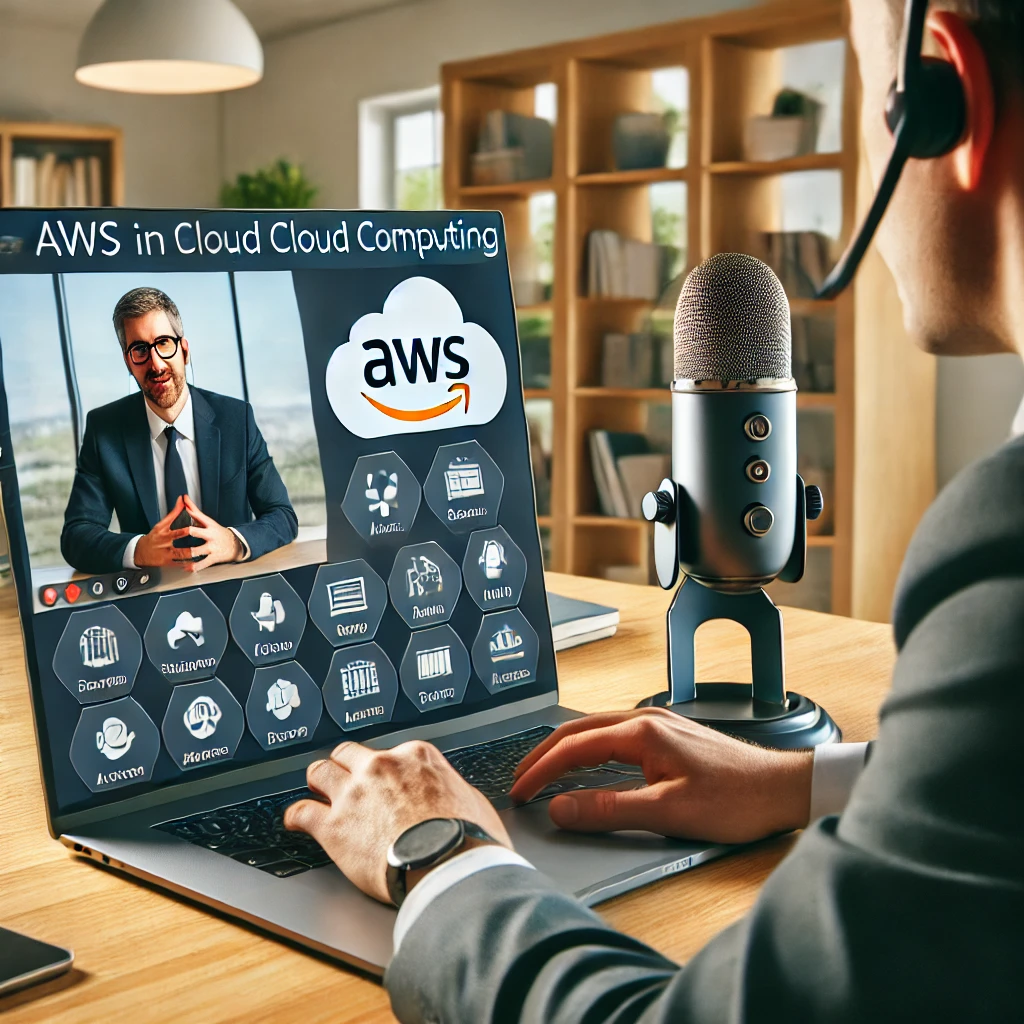
As cloud adoption continues to grow, ensuring robust security and compliance is critical. AWS offers a comprehensive suite of tools and best practices to help businesses safeguard their data, meet regulatory requirements, and stay ahead of evolving threats. Here’s a closer look at how AWS empowers organizations to build a secure and compliant cloud environment.
Core Pillars of AWS Security
- Identity and Access Management (IAM): AWS IAM allows you to manage access to resources securely. Implement role-based access control (RBAC) and enforce the principle of least privilege to restrict unauthorized access.
- Data Protection: Use encryption for data at rest (e.g., S3 with AWS KMS) and data in transit (e.g., SSL/TLS). AWS provides tools like AWS Secrets Manager for secure storage of sensitive information.
- Monitoring and Logging: Services like AWS CloudTrail and Amazon CloudWatch enable continuous monitoring and logging to detect anomalies and track activity for compliance audits.
Compliance Frameworks Supported by AWS
AWS aligns with numerous global compliance standards, including:
- GDPR, HIPAA, and PCI DSS.
- SOC 1/2/3 and ISO 27001/27017.
These frameworks help organizations meet specific industry and geographical regulations.
Best Practices for Security and Compliance
- Enable Multi-Factor Authentication (MFA): Add an extra layer of security for user accounts.
- Regularly Review Security Groups: Restrict unnecessary open ports and access.
- Conduct Penetration Testing: Regular testing ensures no vulnerabilities are overlooked.
- Stay Updated with Shared Responsibility Model: Understand your security obligations in the cloud vs. AWS’s responsibilities.
Real-World Use Case
A healthcare provider leveraged AWS security tools like GuardDuty and Macie to monitor and secure patient data, achieving HIPAA compliance and ensuring data privacy.
By combining AWS tools with best practices, organizations can maintain a secure, compliant, and resilient cloud environment.





